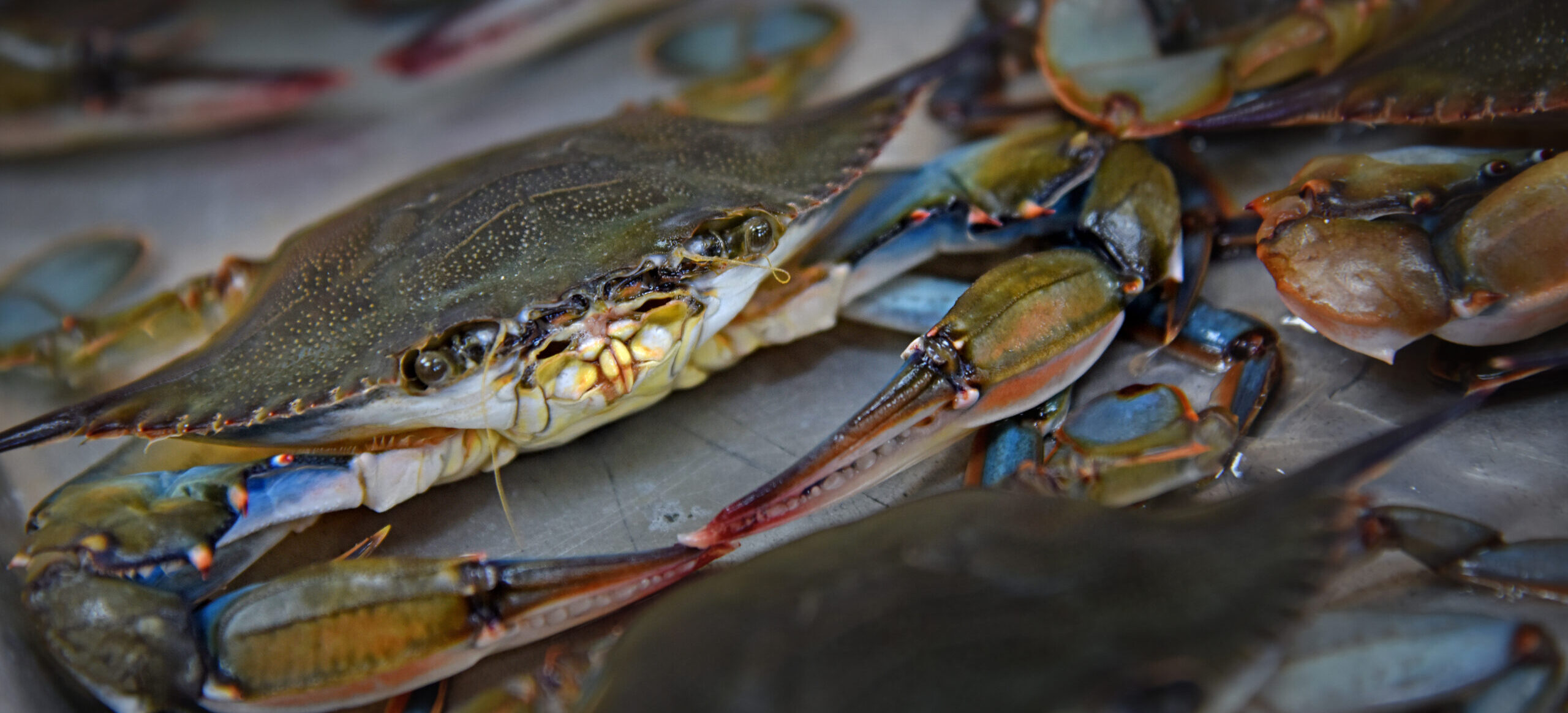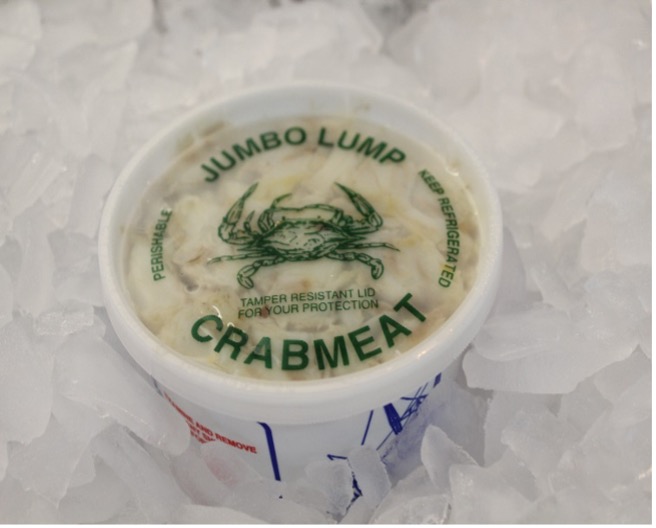
HPP Atlantic Blue Crab Acceptance Assessments
The Atlantic blue crabmeat industry has significant culinary and economic importance in the United States – particularly in Louisiana, Maryland, North Carolina, and Virginia – where many small, independent crabmeat businesses operate.
Domestic blue crabmeat is sold either fresh-picked in plastic snap-lid cups or heat pasteurized in metal or plastic cans. Fresh blue crabmeat is by far the more popular, but its refrigerated shelf life, or keeping quality, is short – about five to seven days. This coupled with its high cost makes fresh domestic crabmeat a less desirable seafood choice compared to crabmeat from overseas.
Researchers at the University of Maryland, in collaboration with NC State University, Louisiana State University and Virginia Tech University, are testing a non-thermal food and beverage preservation method called high pressure processing (HPP) to protect the safety and enhance the keeping quality of fresh blue crabmeat, while preserving its desirable sensory and nutritional qualities. Currently, this process is used to extend the keeping quality of oysters, fish, meat, milk, jams and fruit juices.
For further reading: Application of High-Pressure Based Technologies in the Food Industry.
Your impressions of HPP Atlantic blue crabmeat will help our research team evaluate its market potential and develop culinary guidance seafood consumers can use to prepare crabmeat meals at home.

Market research shows a shelf life of up to three weeks would give our domestic crabmeat businesses a competitive edge over foreign crabmeat manufacturers.
If you are at least 18 years old, enjoy eating crabmeat, do not have any seafood allergies and are not pregnant, nursing or immunocompromised, we ask you to participate in a series of sensory evaluations. Your responses to our brief surveys will be recorded confidentially.
You will receive one pound of precooked, ready-to-eat crabmeat each week for three weeks. Please keep your crabmeat refrigerated at < 40° F until you are ready to use it – PLEASE DO NOT FREEZE IT. Within 48 hours of receipt, we ask that you do the following:
- Taste the crabmeat right out of the container and evaluate its flavor, texture, aroma and appearance according to a numerical scale where 1 equals Completely Unacceptable; 2 means Very Poor; 3 equals Poor; 4 means Fair; 5 equals Good; 6 means Very Good; and 7 equals Excellent. Then comment about what you liked and disliked about your sample to help us understand your scoring decisions.
- If you decide your crabmeat is acceptable, we ask that you prepare a home meal with your sample where crabmeat is the prime ingredient. We offer this kitchen-tested recipe as a suggestion: Simple Crab Cake. Then numerically rate the flavor, texture, aroma and appearance of your meal using the previously mentioned scale and provide comments on your scoring decisions.
- Each evaluation, which includes meal preparation, should take approximately 60 to 90 minutes
Please click on the appropriate link to record your impressions of the flavor, texture, aroma and appearance of your sample before and after preparing your crabmeat meal.
- Week 1 Survey (closed)
- Week 2 Survey (closed)
- Week 3 Survey (closed)
The crabmeat we will provide you is commercially safe seafood purchased from licensed crabmeat processing plants that are inspected by the state of Maryland and the U.S. Food & Drug Administration. The crabmeat will be pre-cooked, picked, packed, and stored in accordance with state and federal food-safety regulations.
Your participation in this study is voluntary. There are no direct benefits from participating in this research, and you will receive no monetary compensation for participating in this sensory evaluation. You will receive a total of three pounds of HPP-treated crabmeat in exchange for recording your impressions of this product in three confidential surveys.
